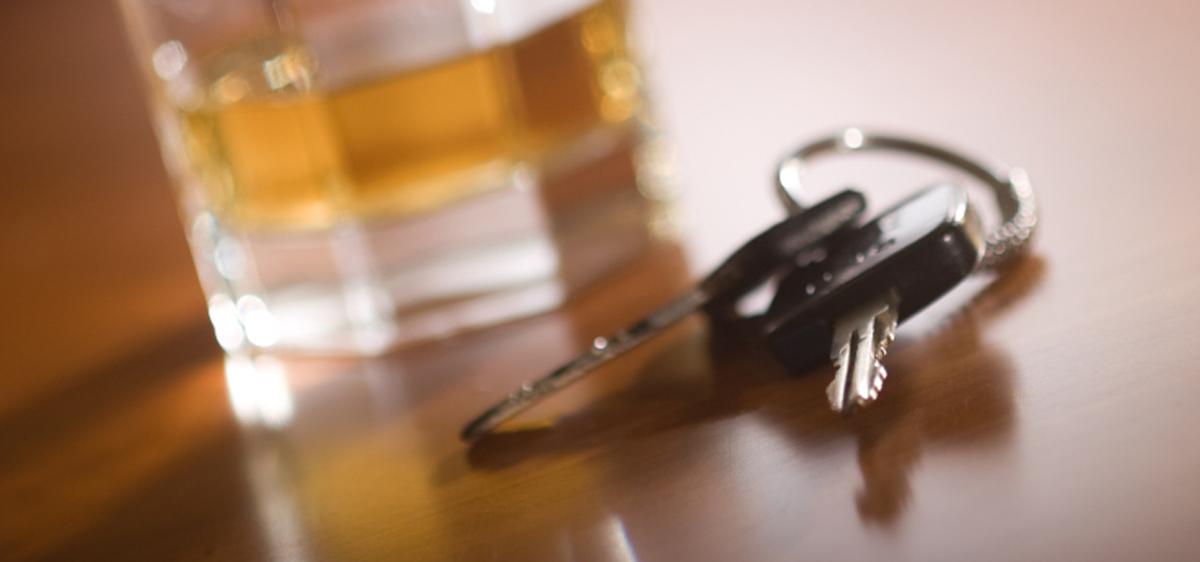If you drive after drinking or using drugs you might be committing several crimes. These crimes also apply to driving a boat, train or motorcycle or flying a plane.

Driving with more than the legal limit of alcohol in your blood
It’s a crime to drive with a blood-alcohol level of .08 or more. This means having equal or more than 80 mg of alcohol in 100 ml of blood.
You can be accused of this crime as soon as your blood-alcohol is .08 or more even if you don’t show any sign of being drunk or unfit to drive.
Driving with more than the legal limit of drugs in your blood
It’s also a crime to drive after taking drugs if the amount of drugs in your blood is over the legal limit allowed for that drug.
For most drugs, any detectable amount in the driver’s blood is enough to be a crime. This is the case with cocaine or methamphetamines, for example.
But there are special rules for cannabis (pot). It’s the level of THC in the driver’s blood that determines whether the driver committed a crime. THC is the chemical in cannabis that produces intoxication (the “high”).
There are two separate crimes depending on how intoxicated you are:
- driving with 5 nanograms or more of THC in a millilitre of blood (5ng/ml)
- driving with 2 or more but less than 5 nanograms of THC in a millilitre of blood
The punishments for these crimes are different.
Driving after taking a combination of drugs and alcohol
It’s a crime to drive after taking a combination of drugs and alcohol if you have:
- 50 mg or more of alcohol in 100 ml of blood (0.05); and
- 2.5 nanograms or more of THC in one millilitre of blood.
Driving while impaired by alcohol, drugs or both
The crime of impaired driving is driving when your ability to drive is decreased because of alcohol, drugs (including medication) or both. This is called driving while impaired.
It’s your ability to drive that matters, not the amount of alcohol or drugs in your blood.
So, you might have only 50 mg of alcohol in 100 ml of blood and still be unfit to drive. The same applies to the amount of drugs you’ve taken. Fatigue and stress combined with alcohol or drugs can reduce your ability to drive to the point that driving is a crime.
Sobering up in a parked car
Even if you’re not driving the car, you can still be accused of impaired driving or driving with more than the legal limit of alcohol or drugs in your blood.
It doesn’t matter whether your car is parked or you’re driving. If you’re impaired or have more than the legal limit of alcohol or drugs in your blood, just having the care or control of a car is a crime.
Here are some things a judge can consider when deciding whether you have the care or control of a car:
- Did you have the keys?
- Could you have easily gotten the keys?
- Did you turn on the radio or the heat?
- Was your seat belt fastened?
If the answer to any of these questions is yes, the judge might decide that you had real control of the car. This is a crime, even if you just wanted to sleep in the car.
The law says that sitting in the driver’s seat is proof of care or control. To defend yourself, you must prove:
- you had no intention of starting the car, and
- your behaviour didn’t put another person or property at risk.
Refusing to give a breath sample or do a test: just as serious
Refusing to do these things without a good excuse is also a crime:
- give a breath or saliva sample
- do physical coordination tests requested by a police officer
- have a blood sample taken
- go with a police officer to have a sample taken
If you are found guilty of this crime, you can receive the same fine or prison sentence as if you are found guilty of impaired driving or driving with more than the legal limit of alcohol or drugs in your blood.
Also, your driver’s licence can be suspended for a longer period than if you were found guilty of impaired driving or driving with more than the legal limit of alcohol or drugs in your blood.
To learn more about your rights and the tests police officers can ask you to do, read our article on this topic.
|
Important! The Highway Safety Code on the legal blood-alcohol limit is stricter for some drivers. For example, the legal limit is .05 or more for drivers of some heavy vehicles. Drivers with a learner’s license and drivers under 22 are not allowed to drive after taking any amount of alcohol (zero tolerance). Zero tolerance also applies to bus drivers, minibus drivers and taxi drivers. These drivers must also respect the rules of the Criminal Code. Like all other drivers, they risk serious consequences if they drive while impaired or with a blood-alcohol level of 80 mg/100 ml or more. |







